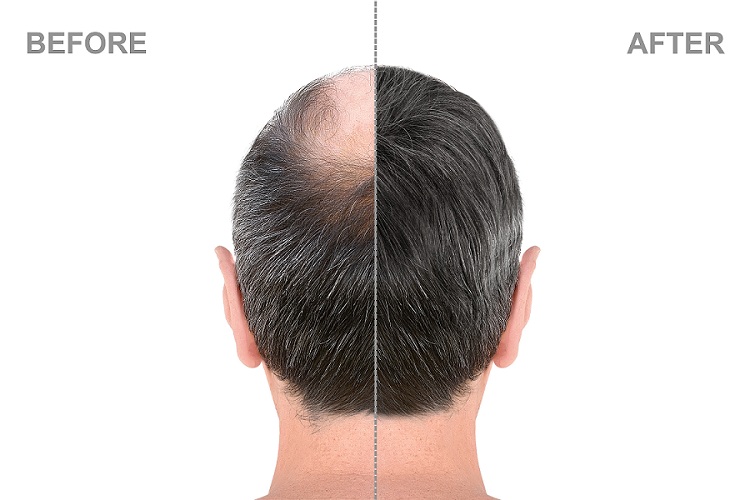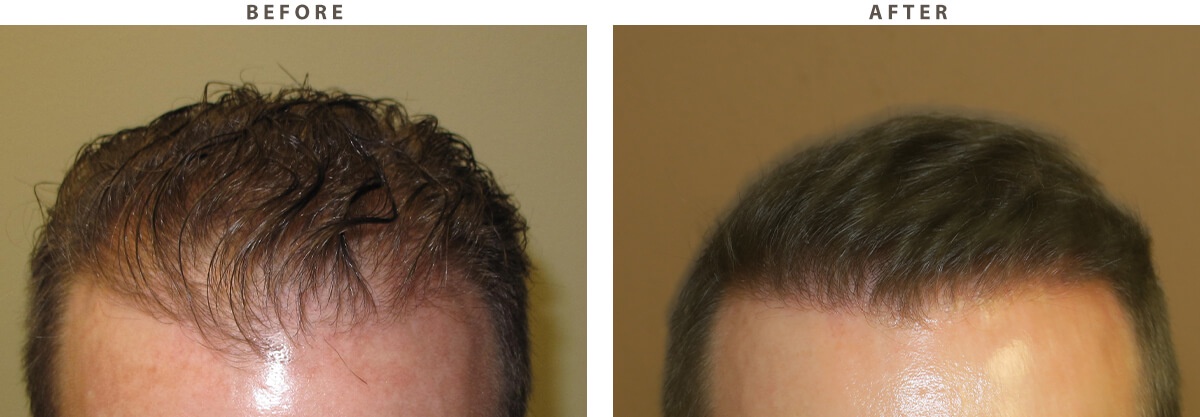Understanding FUE (Follicular Unit Extraction)
FUE is a minimally invasive Hair Transplant technique that involves extracting individual hair follicles from a donor area and transplanting them into the recipient area. Unlike traditional methods, FUE does not require the removal of a strip of scalp tissue, making it less invasive and resulting in minimal scarring. The procedure is performed using a specialized tool that extracts follicles one by one, allowing for precise placement and natural-looking results.

Benefits of the FUE Technique
- Minimal scarring: FUE leaves tiny, dot-like scars that are barely noticeable, making it ideal for patients who prefer to wear their hair short.
- Quick recovery: Since FUE does not involve sutures or stitches, the recovery time is relatively shorter compared to other techniques.
- Suitable for small areas: FUE is particularly effective for treating small areas of baldness or thinning hair.
Drawbacks of the FUE Technique
- Time-consuming: FUE can be a time-consuming procedure, especially for large transplant sessions, as each follicle needs to be extracted individually.
- Higher cost: The cost of FUE is often higher than that of FUT due to the labor-intensive nature of the procedure.
Understanding FUT (Follicular Unit Transplantation)
FUT, also known as the strip method, involves removing a strip of scalp tissue from the donor area and dissecting it into individual follicular units for transplantation. Unlike FUE, which extracts follicles individually, FUT allows for the transplantation of a larger number of grafts in a single session, making it more suitable for extensive hair loss cases.
Advantages of FUT Technique
- High yield of grafts: FUT allows for the transplantation of a large number of grafts in a single session, making it a more efficient option for extensive hair loss.
- Lower cost: FUT is generally less expensive than FUE since it requires less time and labor.
Disadvantages of FUT Technique
- Linear scar: FUT leaves a linear scar along the donor area, which may be more visible, especially for patients who prefer shorter hairstyles.
- Longer recovery time: The recovery time for FUT is typically longer due to the need for sutures and the healing of the donor area.
Comparing FUE and FUT Techniques
When comparing FUE and FUT techniques, several factors should be taken into consideration, including effectiveness, scarring, recovery time, and cost. Both techniques have their own set of advantages and disadvantages, and the choice between them ultimately depends on the individual patient's needs and preferences.
Effectiveness
Both FUE and FUT techniques have been proven to be effective in restoring hair growth and improving the appearance of balding or thinning areas. However, the success of the procedure depends on various factors, including the skill of the surgeon, the quality of the donor hair, and the patient's overall health.
Scarring
One of the main differences between FUE and FUT techniques is the type of scarring they leave behind. While FUE results in tiny, dot-like scars that are barely noticeable, FUT leaves a linear scar along the donor area. The visibility of the scar may influence the patient's choice between the two techniques, especially for those who prefer shorter hairstyles.
Recovery Time
The recovery time for FUE is generally shorter compared to FUT, as it does not involve the removal of a strip of scalp tissue or the use of sutures. Patients undergoing FUE can typically resume their normal activities within a few days, whereas those undergoing FUT may need to wait longer for the sutures to be removed and the donor area to heal.
Cost
The cost of hair transplant procedures can vary depending on various factors, including the technique used, the number of grafts required, and the location of the clinic. In general, FUE tends to be more expensive than FUT due to the labor-intensive nature of the procedure and the time required to extract follicles individually.
Which Technique is Suitable for Whom?
The choice between FUE and FUT ultimately depends on the individual patient's needs, preferences, and hair loss severity. Patients with small areas of baldness or thinning hair may benefit from FUE, as it allows for precise placement of follicles and minimal scarring. On the other hand, patients with extensive hair loss may find FUT to be a more efficient and cost-effective option, as it allows for the transplantation of a larger number of grafts in a single session.
Success Rates of FUE vs. FUT
Studies have shown that both FUE and FUT techniques can yield high success rates when performed by experienced surgeons. Factors such as the surgeon's skill, the quality of the donor's hair, and the patient's overall health can influence the success of the procedure. However, patients need to have realistic expectations and understand that individual results may vary.
Consultation and Decision-making Process
Before undergoing a Hair Transplant in Riyadh procedure, patients must consult with a qualified professional to discuss their options and expectations. During the consultation, the surgeon will evaluate the patient's hair loss pattern, donor hair quality, and overall health to determine the most suitable technique.


No comments yet